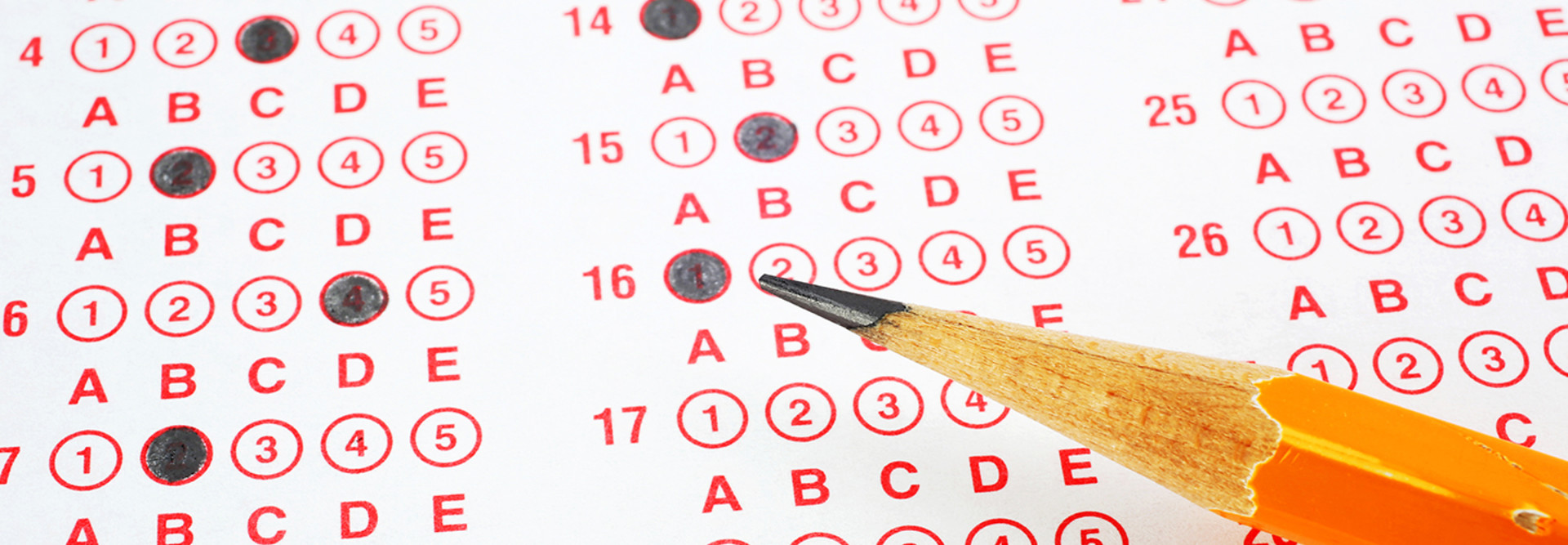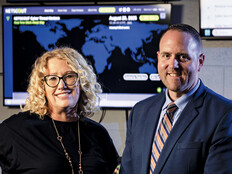Do the Benefits Outweigh the Disadvantages of Online SATs?
If you remember your experience taking the SATs, you might remember waking up way too early and bringing as many sharpened No. 2 pencils with you as possible. But today’s students might never have to experience the anxiety of correct bubble shading because their SAT experience might be digital.
The College Board, the company behind the SAT, announced earlier this summer that it would be expanding access to a digital version of the test, with a practice online version by September and then a full digital version in some districts in the spring, Education Week reports.
Last year, more than 5,000 students in 17 school districts took the SAT online within College Board’s “school day” testing program, which lets students take the test on a regular school day instead of the weekend.
While digital tests certainly provide efficiencies, there are some cons that go along with the pros.
SIGN UP: Get more news from the EdTech newsletter in your inbox every two weeks!
Digital Tests Boost Efficiency But Require Preparation and Caution
Students who take the digital SAT might find the test a bit familiar. Education Week reports it will be conducted on a platform designed by the American Institutes for Research, the same organization that creates a number of state standardized tests.
According to Education Week, many states already require that students take PARCC and Smarter Balanced standardized tests online, so a digital version of the SAT will not be unusual for many students. The College Board indicates that more online SATs mean easier accommodations for students with special needs as well as an eventual quick turnaround time.
But, digital tests also come with their own set of issues. For example, one study found students scored lower if they had trouble navigating back to previous questions. Other Education Week reports found that students’ scores on some tests were influenced by the devices they used.
CoSN CEO Keith Krueger tells Education Week that one way to avoid these negative effects is to make sure that all students are fully prepared for online assessment by using free digital tools. Educators say regularly giving students digital tests is another way to familiarize them with the process.
Another challenge of a digital SAT concerns cybersecurity. In Florida, a large distributed denial of service (DDoS) attack prevented students around the state from taking a digital standardized test for three days. At Miami-Dade County Public Schools, repeated DDoS attacks continued after the statewide threat ceased.
“We successfully mitigated the attacks, and testing continued,” says district CIO Deborah Karcher in the EdTech article. “But we’ve seen more attacks the past few years than we ever have, and they occur during the periods of time when we are testing.”
Schools can combat this risk by adopting intrusion detection for suspicious traffic and segmenting networks for testing.
And there’s always the paper option. The College Board will continue to offer the standard test for the foreseeable future.









